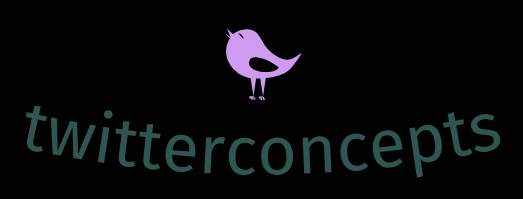
Projections for Economic Trends in the United States

Analyzing Future Trends in the US Economy
Economic Landscape Overview
The United States economy has always been a topic of intense scrutiny and speculation. Analysts, policymakers, and ordinary citizens alike are constantly seeking insights into its future trajectory. To understand where the US economy is heading, it’s crucial to first take a comprehensive look at its current landscape. Various economic indicators, fiscal policies, and market dynamics paint a picture that can guide us in forecasting future trends.
Economic Indicators: Insights and Trends
One of the primary tools for gauging the health of the US economy is through economic indicators. These metrics, ranging from GDP growth to unemployment rates, offer valuable insights into the country’s economic performance. By analyzing these indicators, economists can discern patterns and trends that may indicate where the economy is headed. For instance, a steady increase in consumer spending coupled with low unemployment rates may suggest a robust economic outlook, while stagnant growth and rising inflation could signal potential challenges ahead.
Fiscal Policy and Government Interventions
The role of fiscal policy cannot be overstated when it comes to shaping the direction of the US economy. Government interventions, such as stimulus packages and tax reforms, can have profound effects on economic growth, inflation, and employment levels. Understanding the current fiscal stance and predicting future policy decisions is crucial for forecasting economic trends. Moreover, the efficacy of these interventions in addressing economic challenges and promoting sustainable growth must also be assessed to anticipate their impact accurately.
Monetary Policy and Market Dynamics
In addition to fiscal policy, monetary policy plays a crucial role in influencing the US economy. The Federal Reserve’s decisions regarding interest rates, money supply, and asset purchases have far-reaching implications for financial markets and economic activity. Changes in monetary policy can affect borrowing costs, investment decisions, and currency values, thereby shaping the overall economic landscape. By monitoring the Federal Reserve’s actions and assessing market reactions, analysts can gain valuable insights into future economic trends.
Global Factors and External Influences
The interconnectedness of the global economy means that developments beyond US borders can significantly impact its economic outlook. Trade tensions, geopolitical conflicts, and shifts in international demand can all affect US exports, imports, and overall economic performance. Moreover, events such as pandemics or natural disasters can disrupt supply chains and create ripple effects throughout the economy. Anticipating these external influences and their potential consequences is essential for accurately forecasting future trends in the US economy.
Technological Innovation and Structural Changes
The rapid pace of technological innovation is driving profound structural changes in the US economy. Automation, artificial intelligence, and digitalization are transforming industries, reshaping labor markets, and altering consumer behaviors. Understanding the implications of these technological advancements is crucial for predicting future economic trends. For instance, the rise of e-commerce may lead to shifts in traditional retail patterns, while advancements in renewable energy technologies could reshape the energy sector. By staying abreast of these developments, analysts can better anticipate the direction of the US economy.
Challenges and Opportunities Ahead
While forecasting the future of the US economy involves analyzing various indicators and trends, it is not without its challenges. Economic forecasting is inherently uncertain, as unforeseen events and unpredictable dynamics can quickly disrupt even the most carefully crafted predictions. Moreover, the complexity of the global economy means that multiple factors interact in complex ways, making accurate forecasting a daunting task. However, by continuously monitoring economic data, assessing policy developments, and staying informed about global trends, analysts can make informed judgments about the likely trajectory of the US economy and identify potential opportunities and risks on the horizon. Read more about the united states economic forecast


